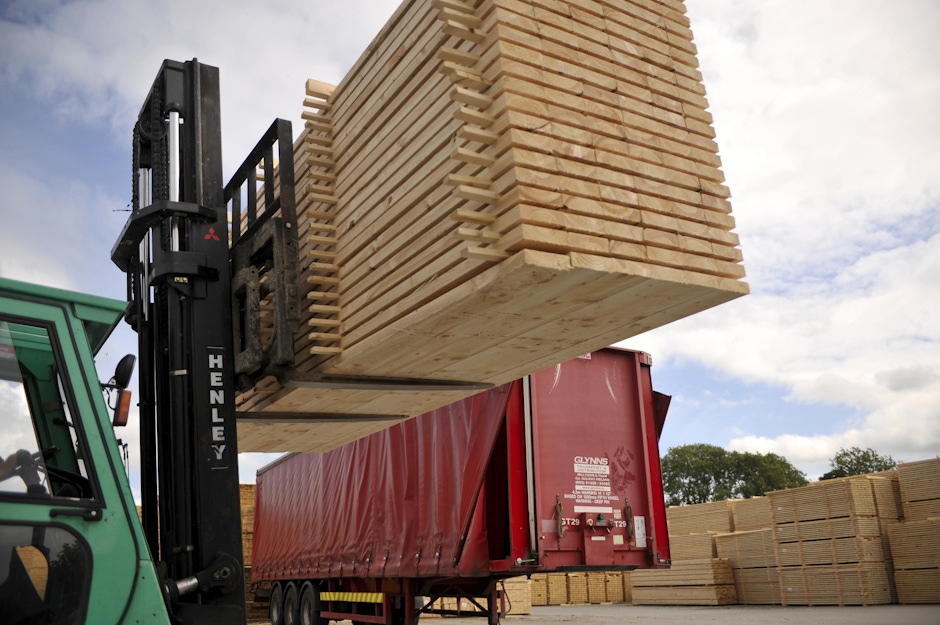C16 and C24 timber - What is the difference?
Taylor Maxwell is one of only a few UK Timber Distributors able to supply merchants and manufacturers with both C16 and C24 Timber. We often are asked what the difference is between the two and what this means for the merchant or end-user. We have put together a list of answers to some of the most commonly asked questions.
What does C16/C24 actually mean?
The answer to this question is quite simple, this is part of the grading standards in British Standard BS EN 338 and the ‘C’ refers to the material being from ‘coniferous species’ in most cases, this means the timber is likely to be spruce, pine or fir.

What about the 16 and 24 number?
The answer to this question is slightly more technical. The numbers are all about how strong the timber is, with the 16 or 24 referring to the bending strength of each strength class: C16 for 16N/mm2 (16 Newtons per square millimetre) and 24N/mm2 for C24.

What does this mean for its use?
C24 graded timber can support a load over a span better than the same size section in C16, so is often specified where there is a higher strength requirement. That said, often it is possible to achieve the same performance in situ using C16 in either a larger section or simply by using more pieces to spread the load.

How can I tell my timber is graded to C16 or C24 strength class?
Any timber that is to be used for structural purposes will need to be marked with the appropriate information. If it’s not marked it is not graded!

Where does C16 and C24 timber come from?
C16 can be produced in any country as it does not relate to it’s source. C16 in the UK comes from all over Europe, but the majority is produced in the UK and Ireland as this strength class suits the quality and growth-rate of trees from these countries. C24 tends to come from countries or areas where the growing seasons are shorter such as the Nordic and Baltic countries which creates a denser and stronger product, resulting in the timber grading to a higher strength class.

Are there any other differences?
Both products are usually kiln-dried and planed, all round with ‘eased’ or rounded corners for easier handling. The knot content or knot size might be slightly lower in the C24 material, but for the majority of applications this will not affect their use. The differences in performance are outlined here.

What about preservative treatment?
Both products can have either high-pressure or low-pressure (Vac-Vac) treatments and will both perform equally where the appropriate ‘Use-Class’ of treatment is used. To confirm, C16 and C24 are strength classes only and have nothing to do with any durability or preservative performance.

Contact our team for prices, availability or to place an order today!
Related news
Latvia has declared a state of emergency in 32 regions over the rapid spread of spruce bark beetles. Baltic News ...
Timber Development UK (TD UK) have advised on Research and Development (R&D) tax relief, which is available support for companies ...
Michael Gove commits to 300,000 homes in government house building target, while warning, “We need to be straight with people ...



